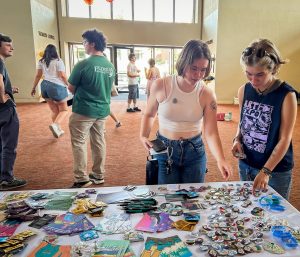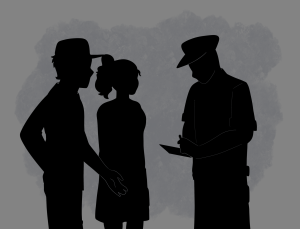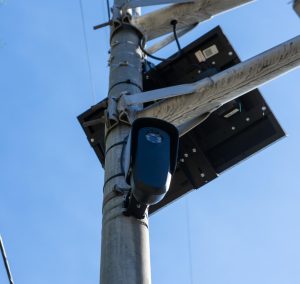Love Letters in the Digital Age
November 17, 2015
The research of Professor of Sociology Michelle Janning on the use of written love letters in modern times has gotten some broader attention after a lecture at the University of St. Thomas and an article in the Minneapolis Star-Tribune. Janning’s work, which focuses on the correlation between gender and practices of saving and storing love letters, both challenges and confirms some traditional ideas about gender roles, and has provided unique insights into romantic communication.
According to the research Janning conducted with Whitman student Emma Snyder ‘14 and published in 2014, women are more likely than men to save love letters that they have received over the years, but men are actually more likely to revisit the letters that they do save.
“[T]here’s really good research about men’s roles in relationships, and how we often misconceive them as being less emotionally involved or less ‘romantic,’” Janning said.
This research has yet to find a home in traditional conceptions of gender roles in relationships. Janning’s findings, which challenge cultural assumptions, have caught a lot of people by surprise. However, her findings also confirmed some wide-spread intuitions. Out of more than 800 respondents, 88 percent agreed that digital communication has replaced handwritten communication, and handwritten cards are fading. For many, this trend represents a loss.
“[Paper letters] remind me of people that love me, and remind me of things that I like about myself, and that other people like about me. It’s nice to see when you’re busy with other things, or when you get distracted,” said Junior Stacie Bellairs, who keeps letters she has received on her wall.






